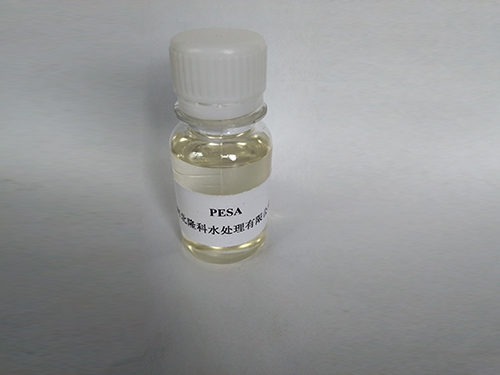Cationic Polyacrylamide Flocculant for Effective Water Treatment Applications and Solutions
Cationic Polyacrylamide Flocculant An Overview
Cationic polyacrylamide (CPAM) is a versatile polymer that plays an essential role in various industrial applications, particularly in water treatment processes. It is a synthetic flocculant that is widely used to enhance the separation of solid and liquid phases in different systems, making it valuable in environments ranging from municipal wastewater treatment plants to the mineral processing industry.
Structure and Properties
Cationic polyacrylamide is derived from polyacrylamide through the introduction of cationic groups. This modification imparts a positive charge to the polymer, which facilitates its interaction with negatively charged particles in aqueous solutions. The cationic nature of CPAM allows it to effectively adsorb onto negatively charged surfaces, enhancing the agglomeration of particles and promoting flocculation. Its molecular weight can vary significantly, which can influence its flocculation capacity and effectiveness in specific applications.
Mechanism of Action
The primary function of cationic polyacrylamide as a flocculant lies in its ability to form bridges between particles, enabling the aggregation of smaller particles into larger flocs. When CPAM is added to a suspension, the positively charged polymer chains interact with negatively charged colloidal particles, neutralizing their charge and promoting clumping. This agglomeration increases the settling rate of particles, thereby improving the clarity of treated water and allowing for the efficient removal of suspended solids.
Applications
1. Wastewater Treatment CPAM is extensively used in municipal and industrial wastewater treatment processes. By facilitating the removal of suspended solids, organic matter, and phosphates, cationic polyacrylamide helps meet regulatory standards for discharged water quality.
2. Papermaking In the paper industry, CPAM acts as a retention aid. It helps retain fine particles and fillers in the slurry, improving the overall quality of paper products while reducing waste. Additionally, it enhances the drainage process during manufacturing.
cationic polyacrylamide flocculant

3. Mining and Mineral Processing Cationic polyacrylamide is utilized in the mining sector, particularly for the treatment of tailings and slurries. Its flocculating properties enable better separation of valuable minerals from waste materials, enhancing recovery rates and minimizing environmental impact.
4. Construction In construction and civil engineering, CPAM is used as a soil stabilizer and for improving the properties of concrete. It aids in water retention and can enhance the strength of soil mixtures in various applications.
Advantages
One of the primary advantages of cationic polyacrylamide is its effectiveness at low dosages, which can lead to cost savings in various processes. It is also highly water-soluble, making it easy to implement and apply in different settings. Furthermore, CPAM’s versatility allows it to be customized according to specific needs, including variations in molecular weight and charge density, allowing for tailored solutions across different industries.
Environmental Considerations
While CPAM is effective, there are environmental considerations to keep in mind. It is essential to manage the use and disposal of cationic polyacrylamide carefully, as its residual presence in treated water bodies can negatively affect aquatic ecosystems. Continuous research is focused on developing biodegradable alternatives and optimizing application methods to minimize ecological impacts.
Conclusion
Cationic polyacrylamide flocculant is a crucial component in various industrial processes, particularly in water treatment and materials processing. Its ability to enhance particle aggregation and improve separation efficiency makes it an invaluable tool across multiple sectors. With ongoing advancements in polymer technology and increased awareness of environmental impacts, cationic polyacrylamide will continue to play a significant role in promoting sustainability and efficiency in industrial operations. Whether for improved wastewater treatment, efficient mineral recovery, or enhanced paper production, CPAM remains a key player in the quest for cleaner and more efficient industrial processes.
-
Water Treatment with Flocculant Water TreatmentNewsJun.12,2025
-
Polymaleic AnhydrideNewsJun.12,2025
-
Polyaspartic AcidNewsJun.12,2025
-
Enhance Industrial Processes with IsothiazolinonesNewsJun.12,2025
-
Enhance Industrial Processes with PBTCA SolutionsNewsJun.12,2025
-
Dodecyldimethylbenzylammonium Chloride SolutionsNewsJun.12,2025





